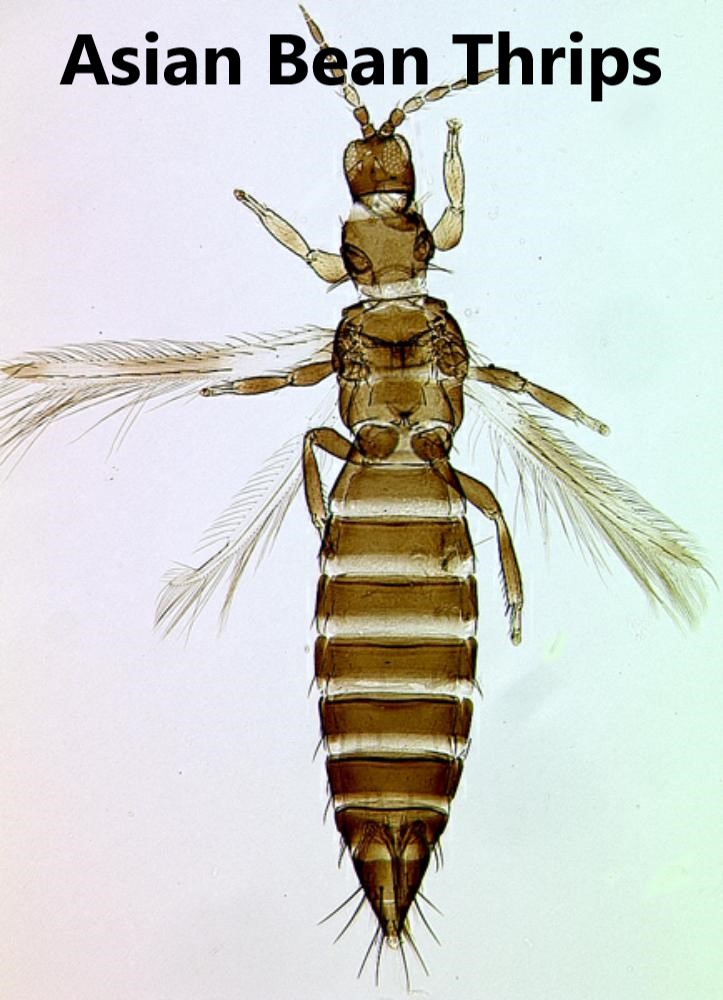According to University of Florida Institute of Food and Agricultural Sciences (UF/IFAS), Asian bean thrips (ABT) populations continue to show a downward trajectory in South Florida.

The only scouting reports with ABT detected in blooms were observed in both the Clewiston and Loxahatchee areas. Both reported at 0.1 per bloom.
Respondents in Homestead indicate that populations seem to be lower this season compared to last year. However, they are high enough this year that management at budding is required to keep populations down.
The largest scouted population from the previous three weeks were in beans in the pinning through to the pod-formation stage of growth east of Immokalee. That field has been harvested and disced, and the formerly low ABT counts on the corresponding blue sticky trap have increased. ABT populations are not expected to reach damaging levels with production ending at this farm.
ABT trap numbers will remain low when an infested field has blooms remaining, but will spike when the field is harvested, and again when the field is disced. Meanwhile, counts in flowers will be at their lowest when an infested field is in full bloom, but will increase as the blooms.
It is not recommended to apply insecticides for ABT until populations reach 1.0 per bud or bloom at full bloom.
Click here for additional scouting and corresponding damage data.
To keep multiple tools available for thrips management and prevent the likelihood of resistance developing, it is important to limit the use of those active ingredients that have demonstrated effectiveness in ABT management. These include methomyl (Lannate), spinetoram (Radiant), acetamiprid (Assail), cyantraniliprole (Exirel), and abamectin (Agri-Mek). They should be rotated with multiple modes of action if other insecticides cannot be substituted for these materials to manage other target pests.









